The process in which the products are kept available in stock to avoid shortages, overstocks, and other costly problems. Through Inventory control the number of slow-selling products decreases and high-selling products increases which saves businesses time and money. It avoids the space in the warehouse resulting in save of money and time.
How to start!
• Types and quantities of products need to track?
It depends on the qualities of the products that you sell like if you sell food items you have to focus on the expiry dates and have a high inventory turnover ratio. If you sell electronic items, you will need to make sure you don’t overstock while waiting to be sold. If you mainly sell small, items, you have to be sure that you have a stable supply chain and a good relationship with your vendors.
• What features need to manage inventory?
There are many features that help to control the inventory management system. They are as follows:
• Inventory Management
• Barcoding & Tagging
• Inventory Tracking
• Reporting Tools
• Inventory Forecasting
• Inventory Alerts
• Inventory Security and Backups
• IoT Integration.
• What are you willing to pay for inventory software?
First of all, you have to know how to set inventory software. Note down the expenses of each solution you explore and then match those costs to the time and monetary savings. Then calculate your return on investment (ROI) to estimate how long it will take for the software to pay for itself which saves your time in the future. The higher the ROI, the better the value.
Conclusion: Inventory management helps to track the accurate records of products ready for shipment. Inventory management is important for reducing costs while meeting regulations.
